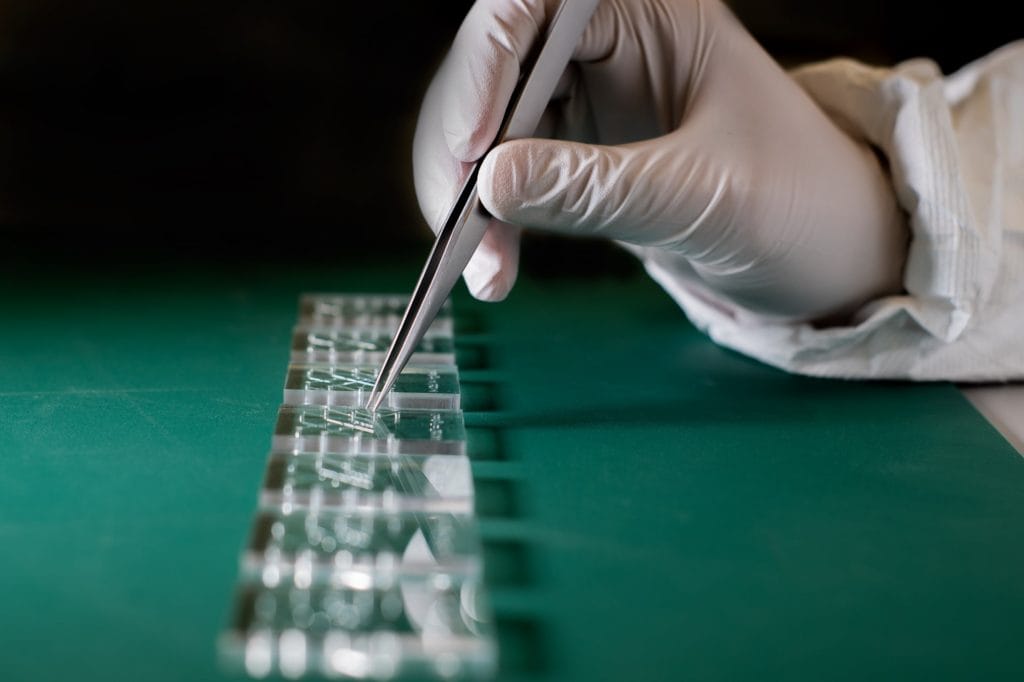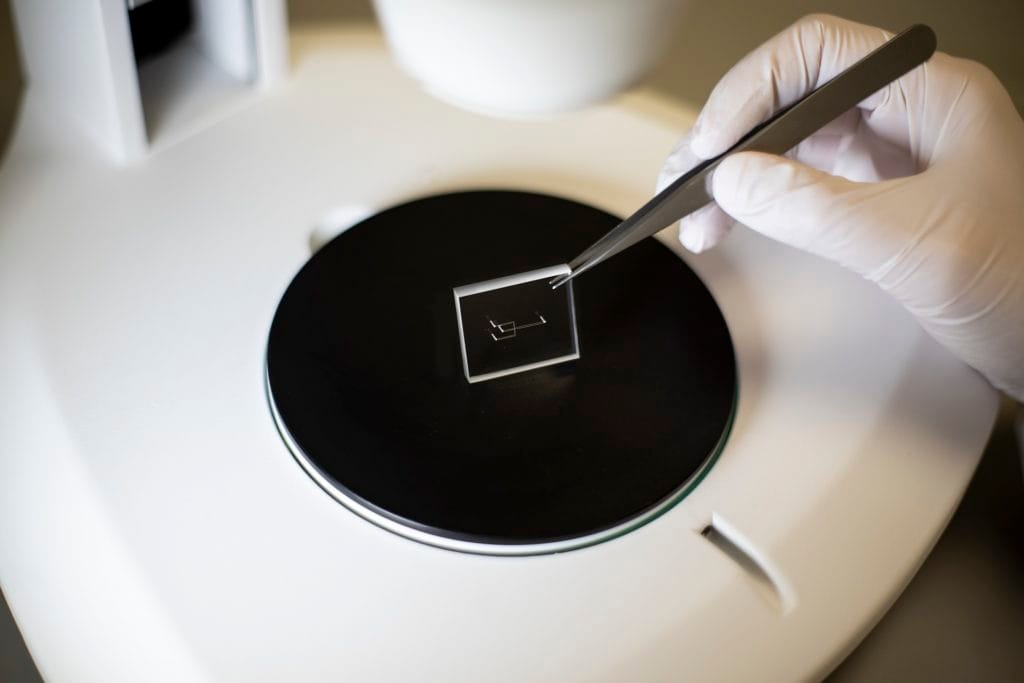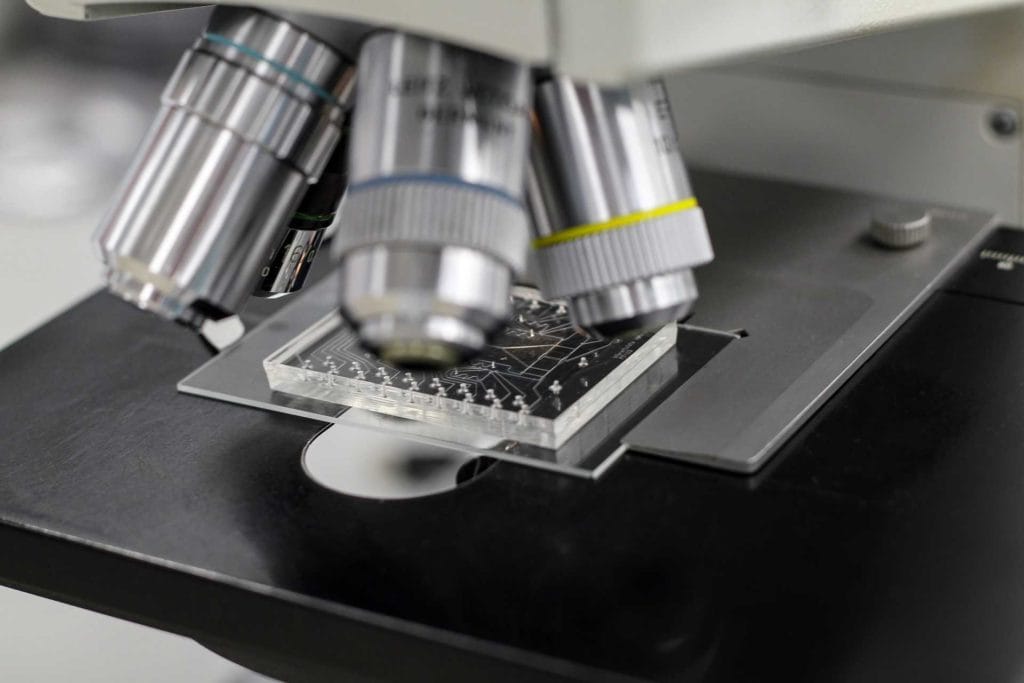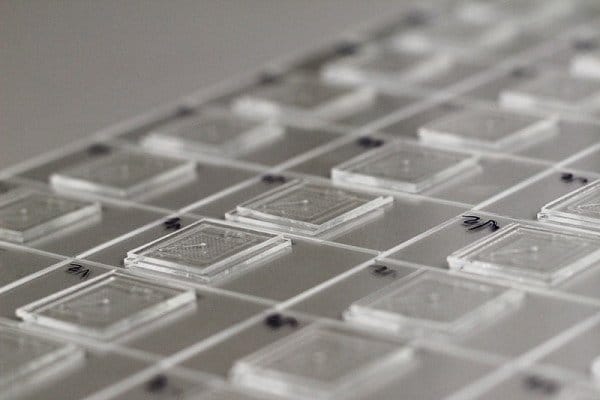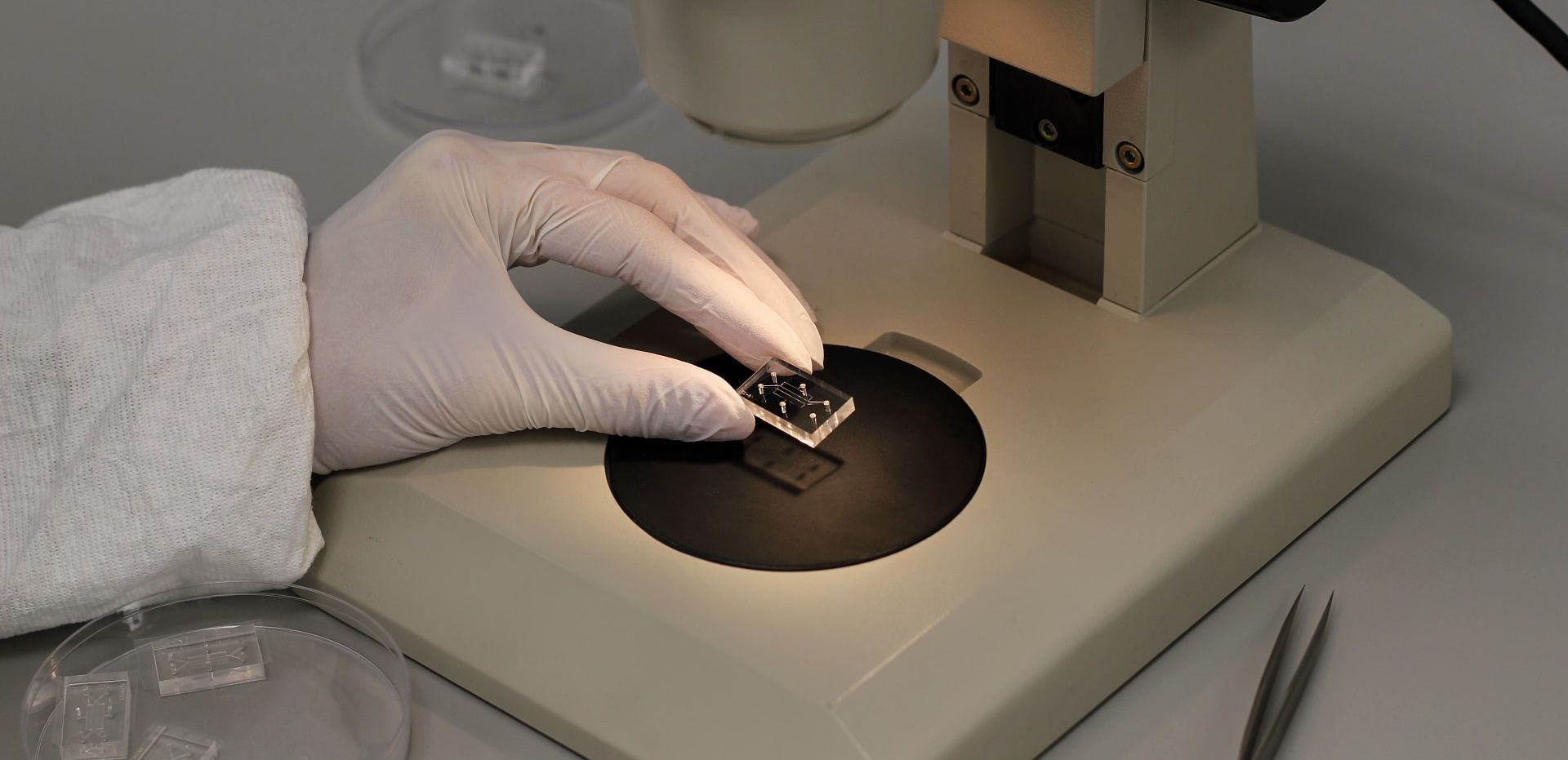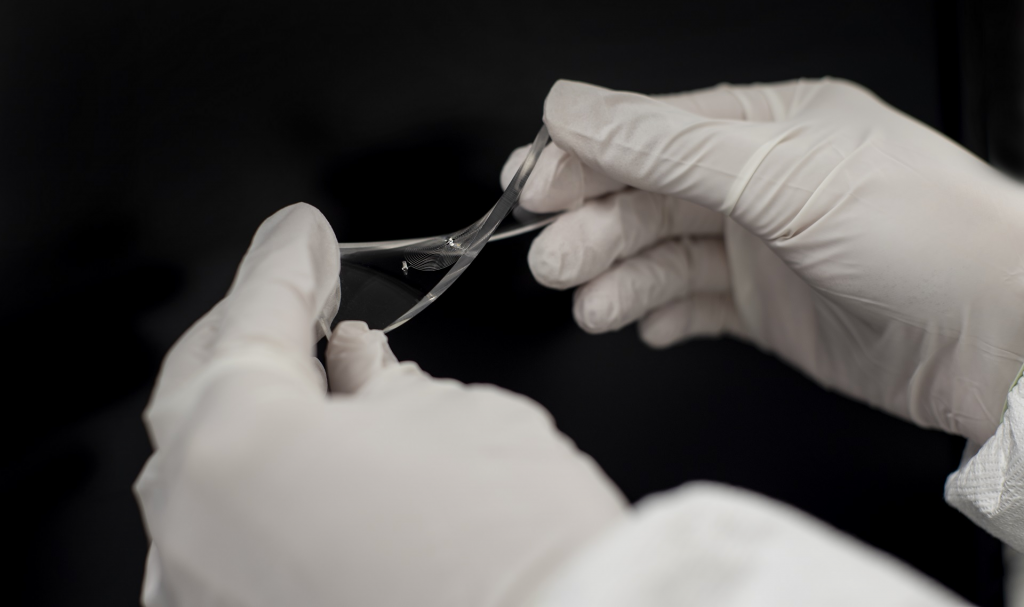Manufacturability of a microfluidic device is a matter of make or break when it comes down to new microfluidic product success. uFluidix engineers have helped thousands of projects for manufacture, where they encountered and solved fabrication issues in many of them. We can tell you from the get go if your microfluidics is ready to manufacture, or need some changes or perhaps needs to be scrapped due to manufacturing limitations. Here we described manufacturability for microfluidic channels.
Microfluidic Channels are used for a wide range of applications. The main function of a microchannel in continuous microfluidics is to bring liquid into the microfluidic device. The liquid could be media such as PBS, water, or oil. Or it could be a liquid specimen such as, blood, sweat, saliva, urine, semen, or sewage water. The liquid may carry microparticles such as cells, organoids, hydrogel beads, or magnetic beads, tc… The fluid may contain chemicals or reagents such as drugs, dyes, enzymes, or nutrition. Similarly, the liquid could be a reagent for chemical synthesis such as monomers, or extraction such as organic solvents. In most cases, the microfluidic channel takes the waste or product out of the microfluidic chip as well. For example in organ-on-a-chip microfluidics, the cells are cultured inside a microfluidic chip. After food and possibly drug is fed to them, cells’ waste and the used media are pumped out. Alternatively sometime products need to be collected from the microfluidic device. For instance in droplet microfluidics, the microchannel delivers the droplets and their encapsulation out of the microfluidic chip for more processing. Another example is mixtures produced in micro mixing devices. In addition to fluid delivery, microfluidic channels themselves could be functional. For instance, they may function as a reaction chamber, separation channels, imaging chamber, and many more in microfluidics.
Regardless of the purpose of having the channels in microfluidics, there are certain rules and limitation that govern their design enforced by fabrication processes. It is best to consult an experienced Microfluidics manufacturing company such as uFluidix to assess manufacturability of the microfluidic channels in your design.
Here is a quick list of some microchannel design tips:
- The ports and channels need to be properly distanced from each other or from the microfluidic chip’s boundary to avoid leakage.
- To avoid de-molding issues, the microfluidic chip should not be overcrowded with features.
- To help with cutting and dicing of the microfluidic chips, and to prevent warping, keep the layout as a rectangle.
- Avoid circular cross section for the microchannels. The best cross section is square.
- Avoid too wide channel (small aspect ratio) or too narrow channels (large aspect ratio).
- Keep the depth along the channels constant as much as possible. If there is a need to change the depth do it stepwise. Less steps corresponds to lower fabrication cost.
- Avoid negative draft angle in microfluidics.
- Avoid overhung Microfluidic features.
- Avoid creating unnecessary pressure in microfluidics due to design mistake. We elaborate this popular mistake a bit more here.




